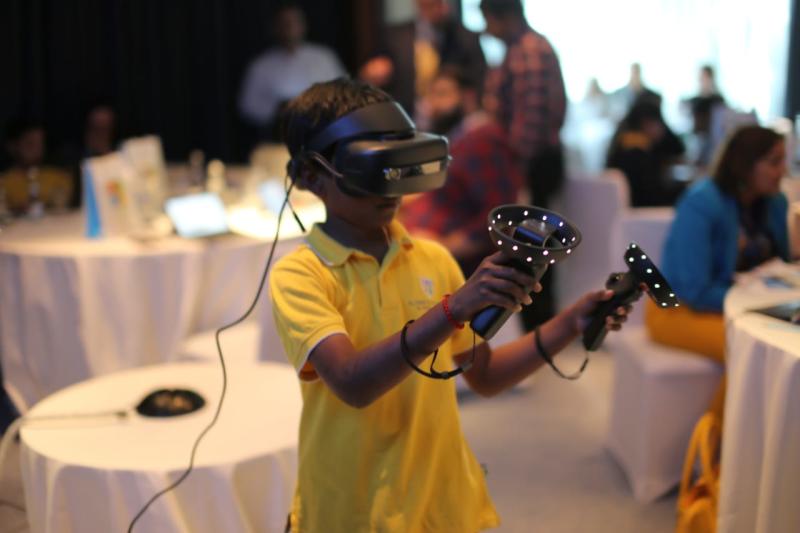×
The Standard e-Paper
Read Offline Anywhere

Students aged below ten are huddled around a table, each on a laptop, deeply engrossed in a world of their own creation.
To a casual observer, it would seem like they are just playing video games, but it is a classroom set-up, where they are actually learning through the video game, Minecraft, putting what they learned in theory into practice.